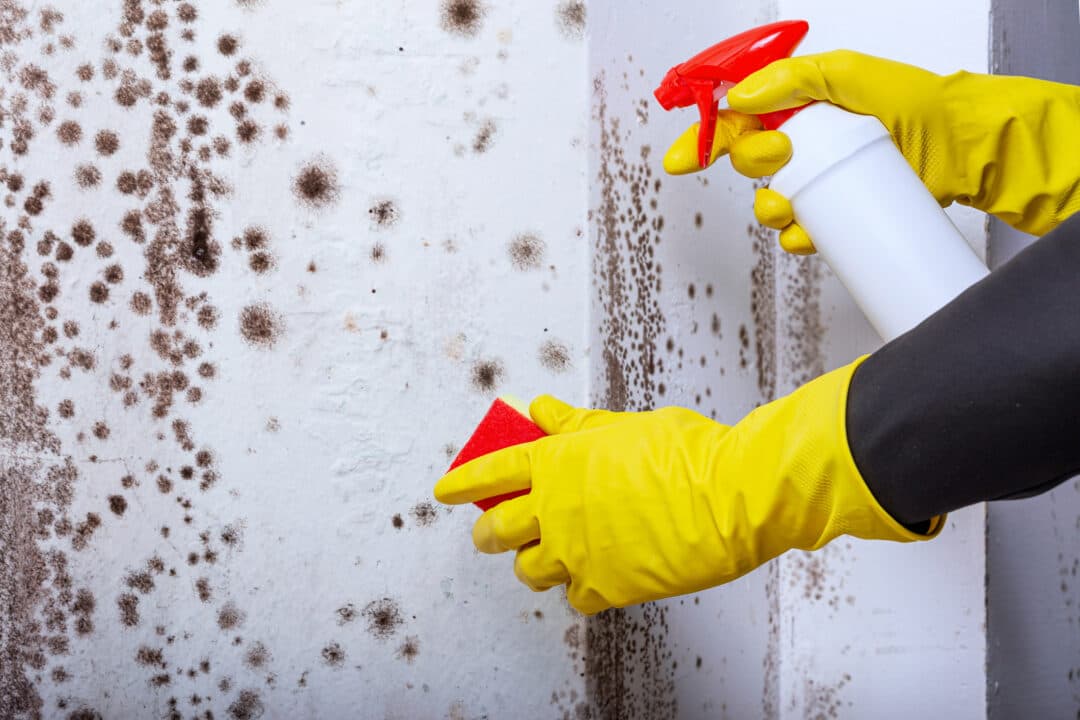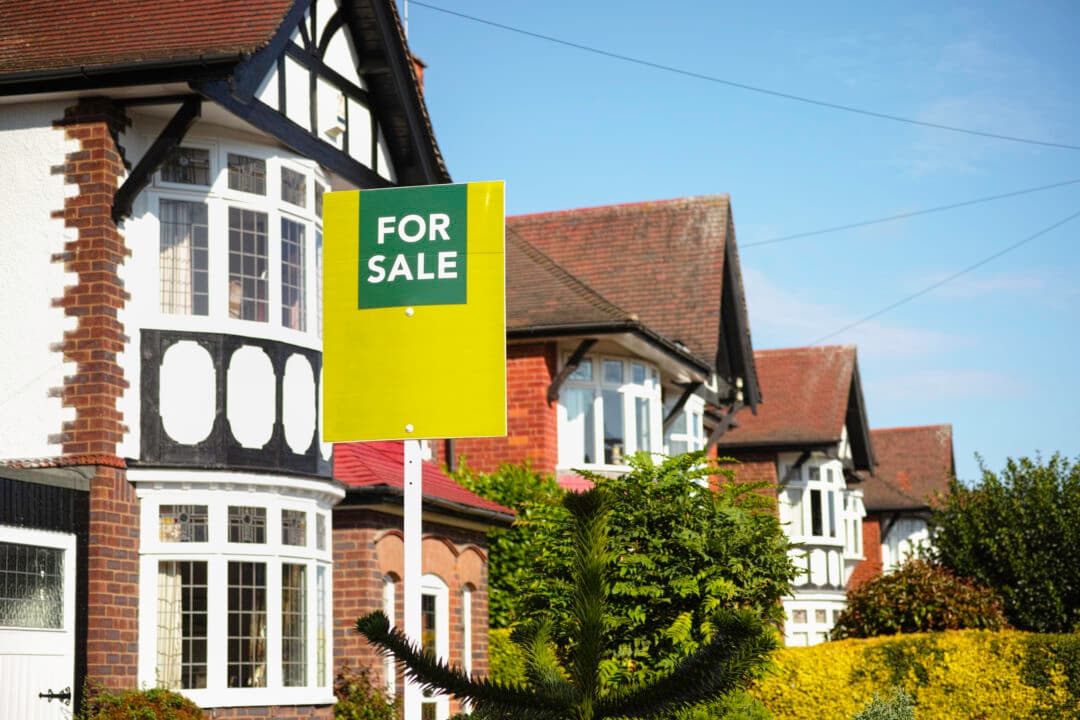Who Is Responsible for Preventing and Treating Mould in Homes?

Who Is Responsible for Preventing and Treating Mould in Homes?
It’s about now that damp and mould become an issue. Colder temperatures and rainy days mean windows are closed, laundry is dried inside and gutters fill with rain.
Damp and mould, however, are more than aesthetic issues. The Ministry for Housing, Communities & Local Government lists the health risks from exposure to damp and mould as the exacerbation of respiratory illnesses, allergic reactions and infections.
From minor ailments, such as a cough, runny nose and itching to asthma, bronchitis and COPD (chronic obstructive pulmonary disease), health can be compromised when living alongside mould and damp.
History should inform the future
Sadly, damp and mould can prove fatal, as highlighted in December 2020 when two-year old Awaab Ishak passed away. The coroner’s report attributed his death to a respiratory condition caused by prolonged exposure to ‘extensive’ mould in the flat where he lived.
Ensuing investigations revealed failings within the social housing provider. Wrongly attributing the mould to the household’s lifestyle, repeatedly ignoring concerns and delaying repairs were contributing factors – factors that should constantly inform the responses of today’s private and social landlords.
Room for improvement
Worryingly, The Housing Ombudsman released a ‘learning from severe maladministration’ report in late 2024 with a damp and mould focus. The report detailed more than 100 cases in social housing settings where ‘a lack of timeliness around initial inspections, the commencement of works or their completion’ formed the maladministration aspect.
A lax attitude isn’t confined to social housing either. In April 2025, an agency director was found guilty and prosecuted because they failed to provide management details pertaining to a property the council was investigating following a damp and mould complaint. The magistrate handed the director a £2,640 fine, with an additional £1,056 victim surcharge and £877.09 paid to the local council.
Who is responsible?
Legislation is very clear when it comes to who is responsible for preventing and treating damp and mould in rented dwellings. Almost all of the responsibility is shouldered by the landlord.
Rising damp and penetrating damp are directly linked to structural issues, such as a faulty damp-proof course, leaking roofs, blocked gutters and cracked external walls. As such, it’s obvious these responsibilities fall to the landlord.
Condensation – or so-called ‘lifestyle damp’ – can wrongly be blamed on the resident. While everyday activities, such as showering, boiling a kettle, drying wet laundry inside and breathing, can cause condensation, a landlord is required to provide adequate ventilation to mitigate the effects. Sadly, a lack of ventilation was cited as a reason for mould growth in Awaab’s home.
Know the law
There are several key pieces of legislation that protect tenants – some specifically aimed at preventing and treating damp and mould.
Landlord and Tenant Act 1985 (Section 11)
This requires landlords to keep the structure of a building and the exterior of a property, along with water, gas, electricity, heating and sanitation installations, in good repair. Responsibilities include dealing with damp and mould caused by faults with the elements listed above, as well as ensuring there is adequate ventilation, insulation and heating to prevent trapped condensation and mould forming.
Homes (Fitness for Human Habitation) Act 2018
This legislation requires rented homes to be ‘fit for human habitation’. Aspects that may make a home unfit are listed as but not limited to: a serious problem with damp, inadequate ventilation, mould growth and excessive cold.
Housing Health and Safety Rating System (HHSRS)
The Housing Health and Safety Rating System (HHSRS) exists so local authorities can identify hazards in their residential properties. Of the 29 hazards listed, damp and mould is a Category 1 serious threat to physical, mental and social wellbeing.
How to Rent: a guide for tenants
This piece of Government-produced prescribed information should be served to every tenant. The document implicitly explains that landlords are responsible for: maintaining the structure and exterior of the property, ensuring the property is hazard free and carrying out most repairs. The broad scope of these responsibilities includes tackling damp, fixing structural/exterior issues that may result in damp or mould, and ensuring adequate ventilation.
Awaab’s Law
The Government says: ‘from 27th October 2025, Awaab’s Law will cover damp and mould hazards that present a significant risk of harm, and all emergency hazards’. In 2026, this will extend to include excess cold and excess heat. The law also stipulates set response, reporting and repair timeframes so damp and mould complaints are prioritised. Awaab’s Law will also apply to the private rental sector as part of the Renters’ Right Bill – with implementation expected in 2026.
7 MUST DO actions for landlords & property managers
How professionals respond to concerns about condensation, damp and mould will directly affect the outcome. Fulfilling legal responsibilities should include:
- Identifying the type of damp or mould that is present
- Investigating the cause as soon as possible, and within prescribed timeframes
- Taking a ‘prevention is better than cure’ approach to establishing the cause of the issue and not asking tenants to wipe off the mould or repaint over it
- Undertaking structural repairs or remedial work to stop water ingress
- Ensuring proper ventilation, insulation and a reliable source of heat in order to avoid temperature extremes and allow steam/warm air to escape
- Removing anything that’s already affected by mould or damp, such as carpets, underlay or flooring
- Issuing educational advice to tenants on how to prevent condensation and increase ventilation
How frequently should landlords check for damp and mould?
Landlords shouldn’t wait for their tenant to complain about damp and mould before they undertake an inspection. As a minimum, landlords should check during every routine inspection but more frequent visits are reassuring and detect small issues before they become a major problem.
In fact, Propertymark advises landlords (or their property managers) to conduct routine inspections every three to six months. Inspections should also be regular where mould or damp has been previously reported and treated – ideally at least six weeks after repairs have been made.
Need help with property visits and inspections?
A Viewber Member can visit any tenure property anywhere in the UK to check for signs of condensation, mould and damp. Our written reports can be evidenced with photographs and even video footage, if required. Book a Viewber Member to go directly to a property, or collect/return keys to a designated place. With seven day-a-week availability, we can help you fulfil your legal responsibilities, even when you’re under time or resource pressure.



